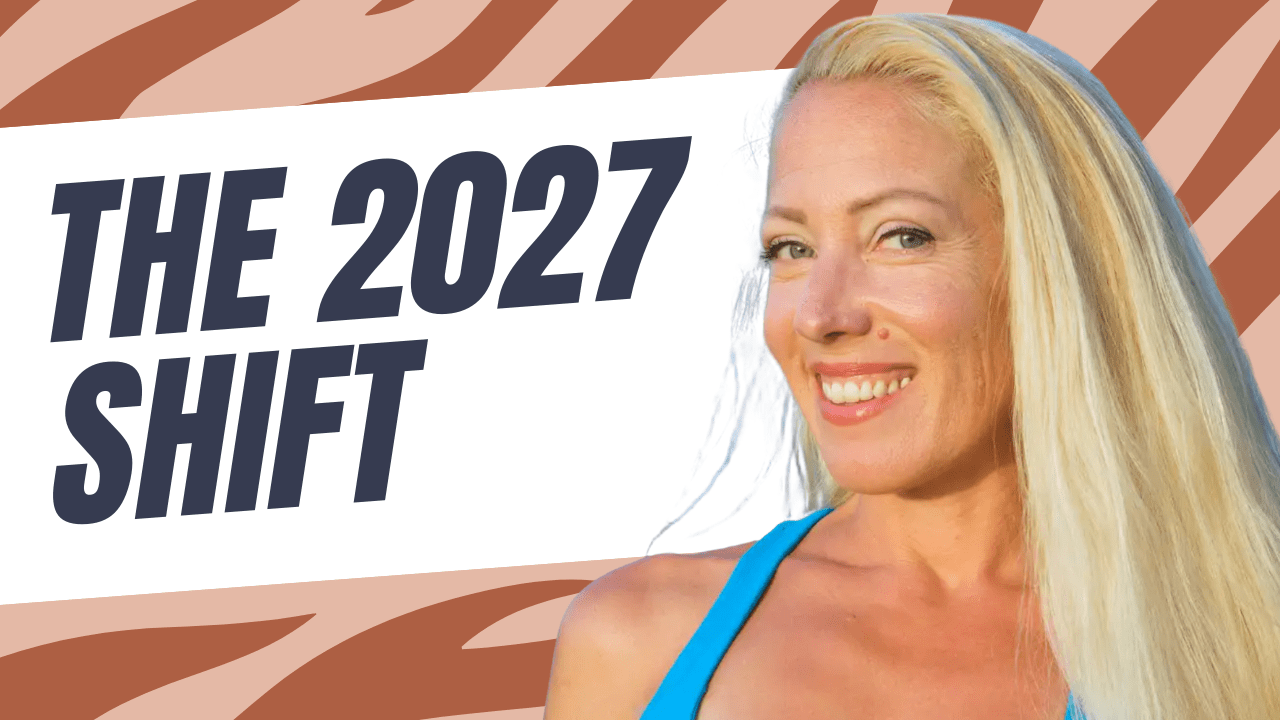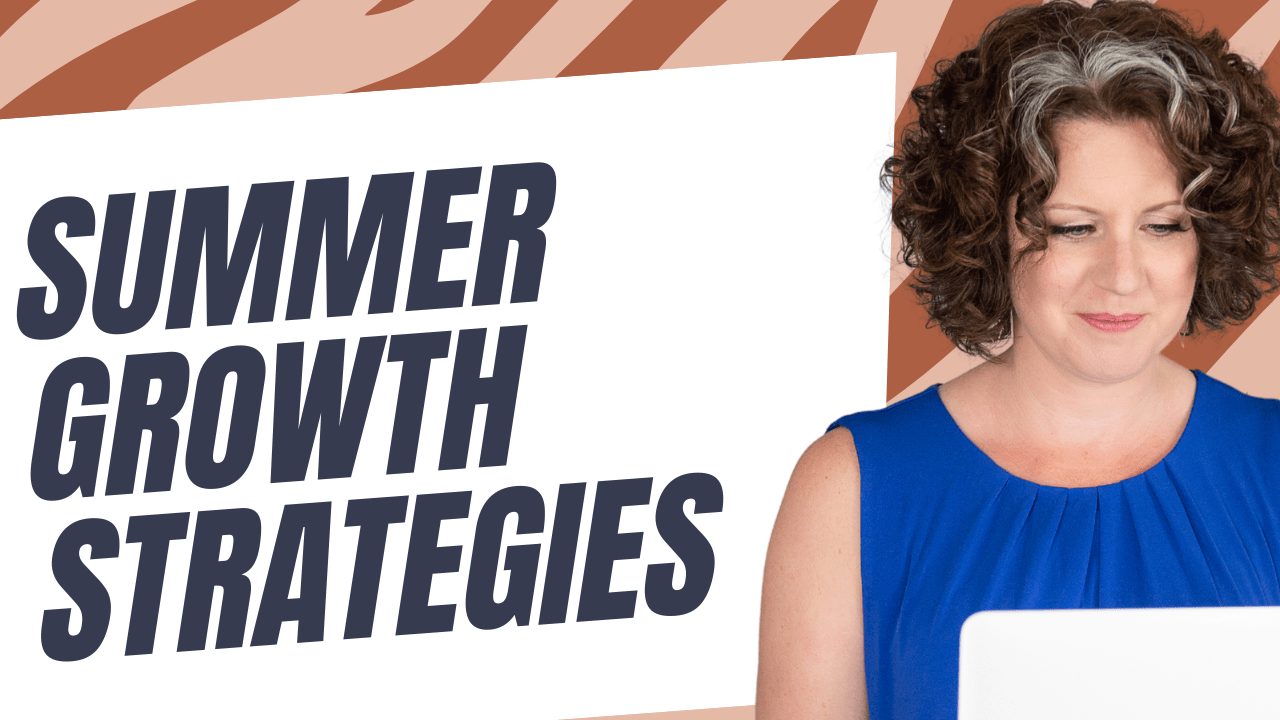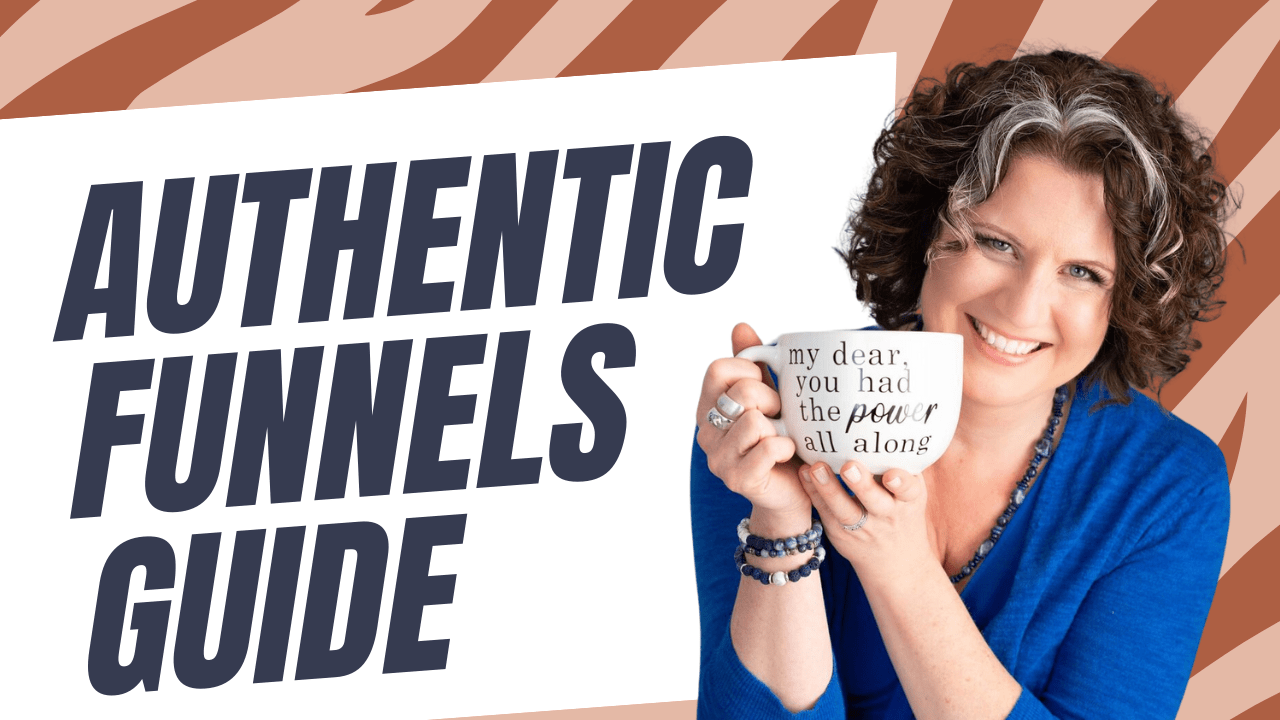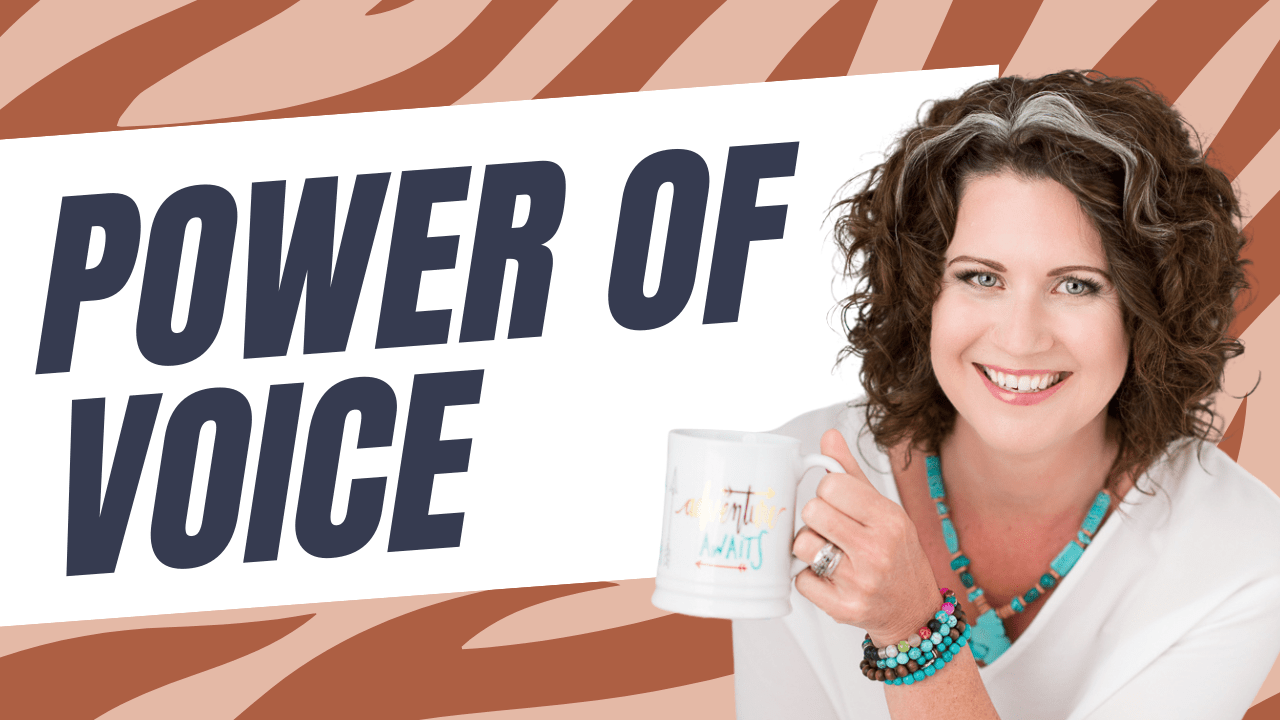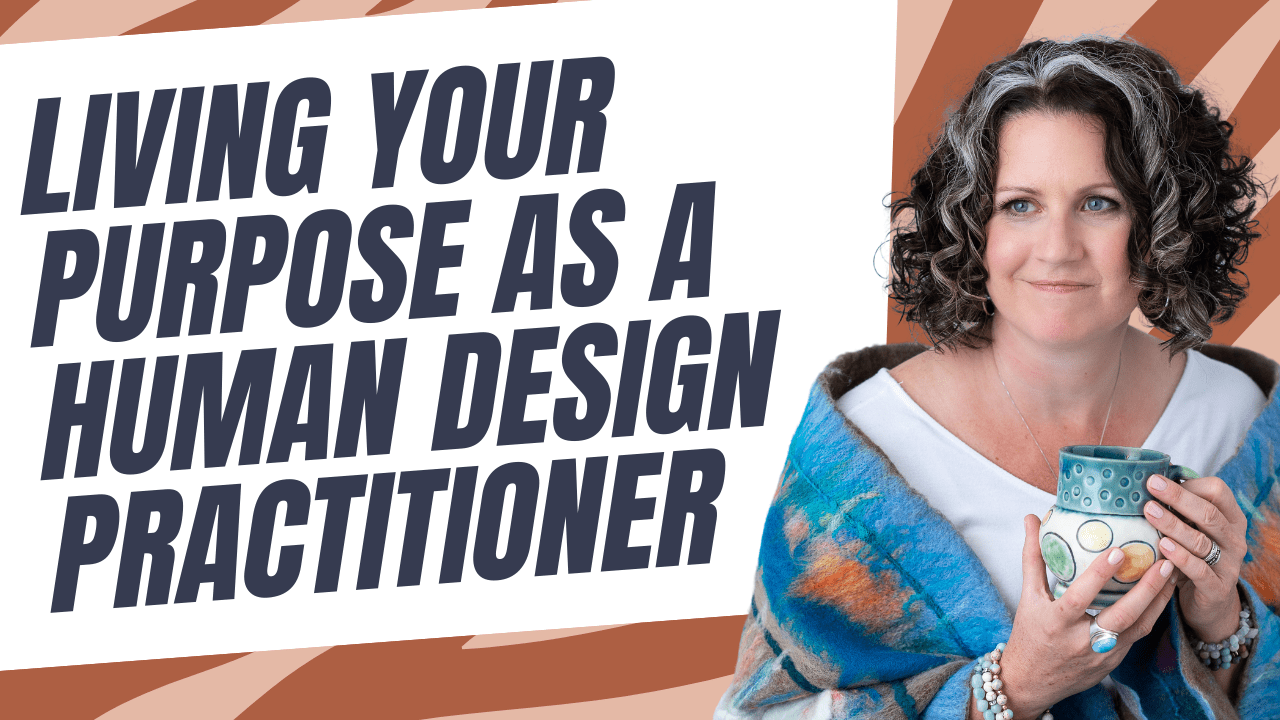Perfectionism looks productive on the surface. You are researching, tweaking, rerecording, planning, refining.
But if you are honest, a lot of that activity is hiding something: fear of being seen, fear of being wrong, or fear of not being good enough.
In this article, we look at perfectionism through the lens of Human Design so you can see where it lives in your chart,
how it quietly slows your business down, and what to do instead. The goal is simple: less stuck in your head, more aligned action, more impact.
What Perfectionism Really Is
Perfectionism is not a personality trait. It is a strategy your mind uses to feel safe and in control.
It tries to protect you from:
- Judgement
- Rejection
- Failure or public mistakes
Instead of letting your body and inner authority lead, the mind starts running the show.
It tells you things like:
- “You need one more course before you can offer this.”
- “This post is not ready yet. Edit it again.”
- “You will share once it is perfect.”
Human Design perfectionism is basically your conditioning plus your mental stories layered on top of your natural design.
The work is not to become perfect. The work is to realign with your strategy and authority and let your design do its job.
How Perfectionism Sabotages Your Business
In business, perfectionism usually creates two big problems:
1. Disconnection from your audience
Perfectionism turns your business into a performance. You are trying to manage how people see you instead of letting them see who you actually are.
The result:
- You sound like everyone else online, not like yourself.
- You attract clients who do not fully value your work.
- The people who are truly meant for you cannot find you because your energy feels filtered and controlled.
2. Paralysis and procrastination
The other way perfectionism shows up is in total stuckness. You have:
- Drafts that never get posted
- Offers that never launch
- Reports or readings that are edited endlessly but never sent
At that point, you do not really have a business. You have a very well prepared hobby. Lots of activity, very little visibility and impact.
Inner Authority vs The Mind
Human Design is clear on one thing: your inner authority lives in your body, not in your mind.
Even if you are a mental projector or a reflector, the process still involves your body and environment, not mental forcing.
When you follow your authority, it will often ask you to do things that feel scary or uncomfortable:
- Post the video that is not perfectly polished
- Launch the offer before you feel “ready”
- Say no to a client who projects unrealistic expectations onto you
Perfectionism is what happens when your mind tries to talk you out of those aligned decisions with stories like
“it is not good enough yet” or “you might be judged.”
Perfectionism Through The Profile Lines
Every gate has a line, and your profile lines are especially loud. Here is how perfectionism can show up through them:
Line 1 – The Authority
- Endless research and preparation.
- Feeling like you never know enough to start.
- Imposter syndrome and “one more course” thinking.
Healthy expression: strong foundations and well researched work.
Perfectionist expression: research becomes pressure, and you never actually launch.
Line 2 – The Natural
- Struggling to explain how you do what you do because it is natural.
- Getting stuck on copy and messaging.
Healthy expression: you simply do your thing and it works.
Perfectionist expression: you freeze when writing or talking about your work, so you hide.
Line 3 – The Pioneer
- Needing to learn through trial and error.
- Carrying shame from past “mistakes” or failures.
- Fearing experiments because you were punished for them growing up.
Healthy expression: experimenting, learning quickly and teaching what works.
Perfectionist expression: avoiding experiments, staying safe, and not moving forward.
Line 4 – The Influencer
- Managing your image to protect your network and belonging.
- People pleasing to stay “in” with your community.
Healthy expression: deep, aligned networks that genuinely know you.
Perfectionist expression: staying in the wrong networks because you fear being excluded.
Line 5 – The Messenger
- Feeling the weight of projections and expectations from others.
- Wanting to fix everything for everyone.
- Terrified of damaging your reputation.
Healthy expression: practical, powerful solutions for the right people.
Perfectionist expression: saying yes when your authority says no, then burning out or collapsing under pressure.
Line 6 – The Role Model
- Living through a three part life process with many early “mistakes”.
- Very high internal standards and ideals.
- Feeling you have to act like a role model instead of simply being yourself.
Healthy expression: quiet, embodied wisdom that others naturally look up to.
Perfectionist expression: performing “role model” instead of allowing your humanity.
The Logic Circuit And Fear Gates
The Logic Circuit belongs to the collective. It is designed to spot patterns, correct them, and improve systems for the future.
It is brilliant for:
- Seeing what is not working
- Refining offers, content, and systems
- Developing mastery through repetition
The problem starts when you turn that logic in on yourself or on the people closest to you.
Key Gates That Feed Perfectionism
- Gate 4 – Fear of chaos
Anxiety about never finding the right answer or clear order. - Gate 17 – Fear of challenge
Fear that your opinions will be challenged or you will not have enough facts. - Gate 48 – Fear of inadequacy
Feeling you do not know enough, need more depth, need more study. - Gate 18 – Fear of authority and imperfection
Seeing everything that is wrong, worrying about being judged, and never letting anything be “good enough.” - Gate 58 (with 18) – Joy of perfection
Strong drive to correct and improve, which is powerful when directed to the right place.
If you have a lot of logic circuitry, human design perfectionism might show up as constant correcting and refining:
for your content, your offers, your branding, your website, and especially yourself. Remember: this energy is meant to serve the collective, not to attack you.
From Perfection To Excellence
Perfection is about control. Excellence is about alignment.
You can not achieve perfection. It does not exist. You can, however, choose excellence in the areas that truly matter for your work and let the rest be good enough.
Clarify what actually matters
- What are your core values in business
- What are your natural gifts according to your design
- Where does excellence have the biggest impact for your clients
For some people, visuals and styling are key. For others, it is the message, the depth, or the experience.
Once you know what really matters, it is easier to notice when you are obsessing over something that does not.
Practical Steps To Shift Perfectionism
1. Notice the signs
Check in with your body and your behavior:
- Are you rerecording the same video again and again
- Are you editing a report that was already helpful three versions ago
- Are you researching in a way that feels heavy, not joyful
- Do you feel tight, anxious, or frustrated while “working”
2. Name what is happening
Instead of judging yourself, simply name it:
“This is my perfectionism trying to keep me safe.”
No drama, no self attack. Just awareness. If you catch yourself judging yourself for judging yourself, pause and soften. That spiral is not helpful.
3. Ask a better question
When you are about to tweak or delay again, ask:
“Do I want this to be perfect, or do I want this to connect”
In business, connection creates clients, not perfection.
4. Take imperfect action
Choose one simple action and do it:
- Post the reel even if you say “um”
- Send the email even if the layout is not fancy
- Deliver the report even if you could add one more paragraph
You can always refine later. But you can not refine something that is never shared.
5. Celebrate yourself
After you take the action, acknowledge it:
- Notice the courage it took to post or launch.
- Remind yourself that your nervous system is allowed to feel uncomfortable.
- Celebrate that you chose alignment over fear.
You can watch the full Business Mastery Hub recording below for a deeper dive into human design perfectionism.
Final Thoughts
Human Design perfectionism is not here to ruin your business. It is a signal that your mind is trying very hard to keep you safe based on old conditioning.
When you learn how your type, profile, and circuitry interact with perfectionism, you stop seeing it as a personal failure and start seeing it as a pattern you can work with.
You are not meant to be flawless. You are meant to be authentic, aligned, and in motion. Your clients do not need a perfect version of you.
They need the real you, showing up consistently, sharing your message, and offering the support only you can give.
Use your design, trust your authority, and let your business grow from connection, not perfection.






